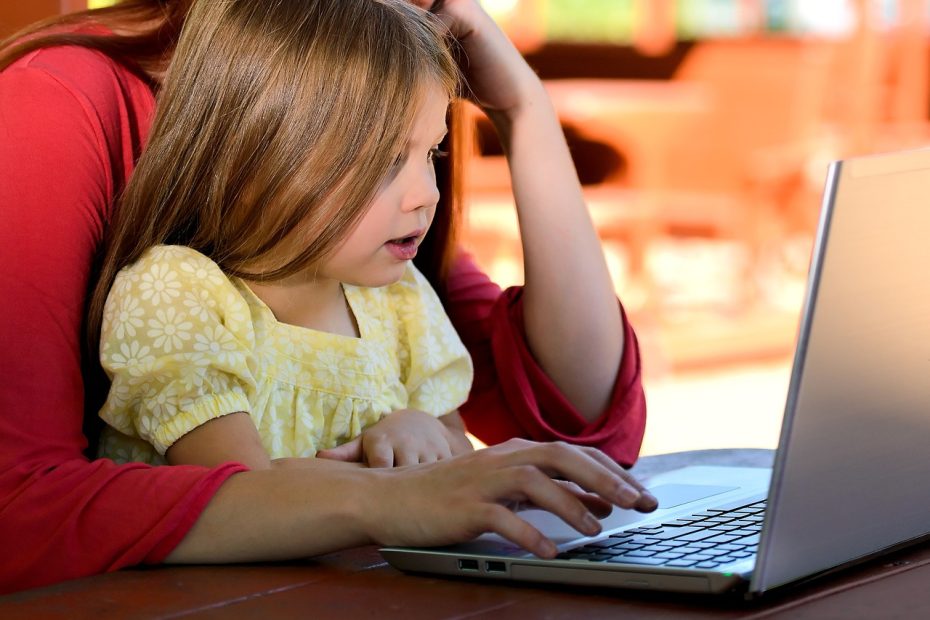How to Use Parental Controls to Monitor Your Child’s Online Activity
Parental controls are a great way to monitor your child’s online activity and ensure they are safe while browsing the internet. With parental controls, parents can set limits on what their children can access online, as well as block certain websites or content that may be inappropriate for them. Parents can also use parental controls to track their child’s online activity, such as which websites they visit and how long they spend on each site. This allows parents to keep an eye on what their children are doing online and make sure they are not engaging in any dangerous activities.
Setting up parental controls is easy and can be done through most web browsers or by downloading specific software programs. Once installed, parents can customize the settings to fit their needs and preferences. For example, they can choose which websites their children have access to, set time limits for when they can go online, and even block certain types of content from being viewed. By using these tools, parents can help protect their children from potential dangers while still allowing them to explore the internet safely.
Setting Screen Time Limits: A Guide for Parents
As technology becomes more and more prevalent in our lives, it is important for parents to set limits on how much time their children spend using screens. Setting screen time limits can help ensure that children are not spending too much time on devices, which can lead to physical and mental health issues. It can also help them develop healthy habits when it comes to using technology.
When setting screen time limits, it is important to consider the age of the child as well as their individual needs. For younger children, shorter periods of screen time may be appropriate while older children may need longer periods of time. Parents should also consider what type of activities their child will be engaging in while using a device. If they are playing educational games or doing research for school projects, then longer periods of screen time may be acceptable. However, if they are just watching videos or playing video games, then shorter amounts of time may be better. Additionally, parents should make sure that there are other activities available for their child to do during times when they cannot use a device. This could include outdoor playtime or reading books.
The Benefits of Activity Reporting in Parental Controls
Activity reporting is an important feature of parental controls. It allows parents to monitor their children’s online activities and ensure they are not engaging in any inappropriate or dangerous behavior. Activity reports provide detailed information about the websites visited, applications used, and other activities performed on a device. This data can be used to identify potential risks and take appropriate action if necessary.
Activity reporting also helps parents stay informed about their children’s online habits. By monitoring activity reports, parents can gain insight into what their children are doing online and make sure they are using the internet safely and responsibly. Additionally, activity reports can help parents set limits on how much time their children spend online or restrict access to certain websites or apps. With this information, parents can better protect their children from cyberbullying, predators, and other dangers associated with the internet.
Protecting Your Child from Online Dangers with Parental Controls
The internet is a great tool for children to learn, explore and connect with others. However, it can also be a dangerous place if not monitored properly. Parental controls are an important way to protect your child from online dangers such as cyberbullying, inappropriate content and predators.
Parental controls allow you to set limits on what your child can access online. You can block certain websites, limit the amount of time they spend online and monitor their activity. You can also use parental control software to track their location and set up alerts when they enter restricted areas or engage in risky behavior. By taking these steps, you can ensure that your child is safe while using the internet.
Balancing Screen Time and Real Life: Tips for Parents
As parents, it can be difficult to find the right balance between screen time and real life. With so many devices available, it’s easy for children to become addicted to screens and miss out on important experiences in the real world. To help parents maintain a healthy balance between screen time and real life, here are some tips:
First, set clear rules about when and how much screen time is allowed. This will help your child understand that there are limits to their device usage. Additionally, make sure you have an open dialogue with your child about why these rules are important. Explain that too much screen time can lead to physical health problems such as poor posture or eye strain, as well as mental health issues like anxiety or depression.
Second, create opportunities for your child to engage in activities outside of screens. Encourage them to explore nature by going on hikes or visiting parks; take part in creative activities like drawing or painting; or join sports teams or clubs at school. These activities will help your child develop skills they wouldn’t learn from a device and give them a chance to socialize with other kids their age.
